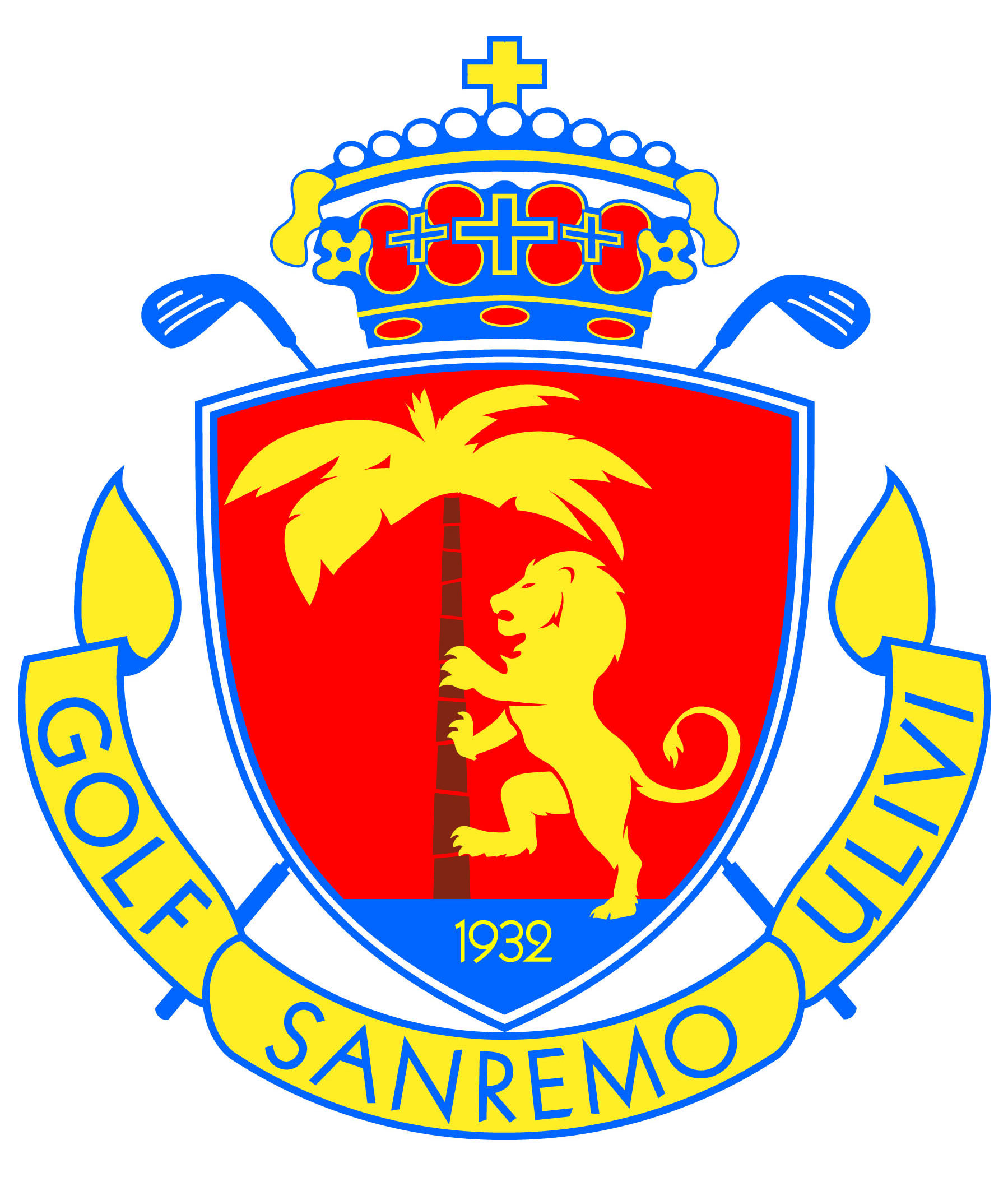A 90-Year History of Golf in San Remo
by Marco Mascardi (At the time of writing Honorary Member of Circolo Golf degli Ulivi)
There is a land where it rains less throughout the year than elsewhere, and especially in winter. The normal climate is mild. Little wind. Light, warm breezes move the air, which is always pure. The area lies between an uncertain point near Capo Mele (Cervo, in Italy) and Saint Tropez in France. In the French part, it is called Côte d’Azur, in the Italian Riviera dei Fiori. Well-known areas, with a history full of anecdotes and famous people. Let us begin in our parts. Sanremo, but also Bordighera, which was favoured by Queen Margherita, Ospedaletti, and the entire Italian Riviera in the 1920s were living the last twenty years of the bell’epoque. In Arma di Taggia there was even a small golf course. Then the Second World War would break out. Sanremo had large hotels, sumptuous and maintained with the breadth that demanded a clientele that could pay for itself.
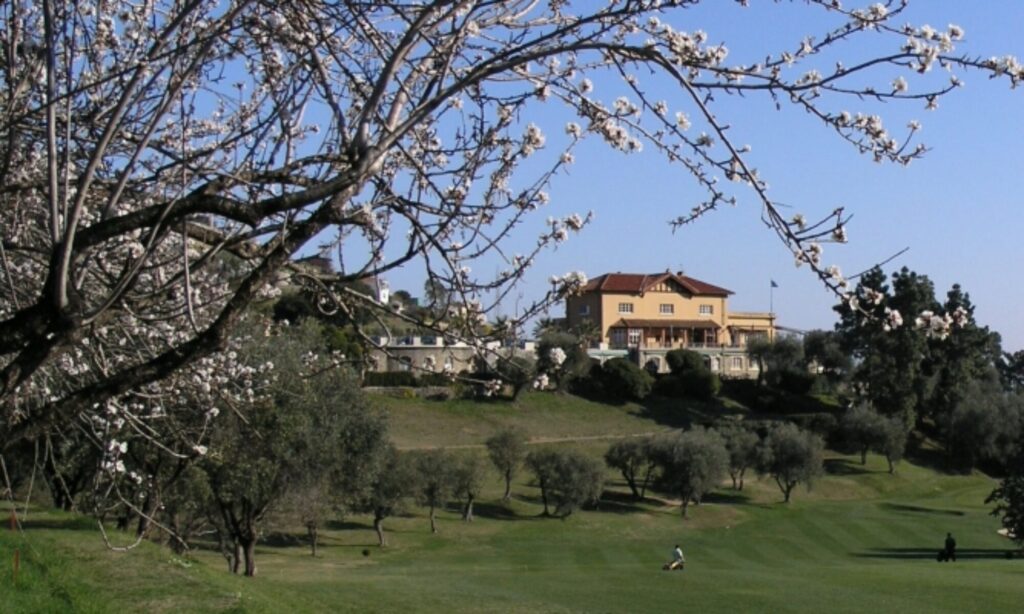
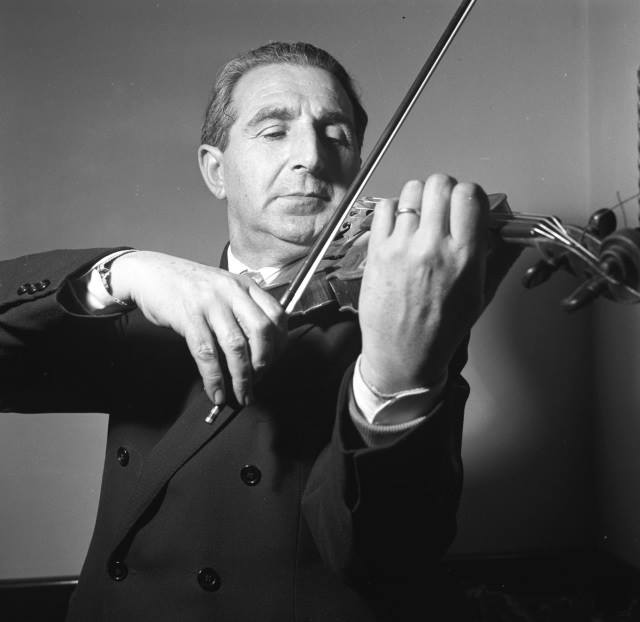
Sanremo, in the 1920s, was trying to rival Monte Carlo, Cannes and Antibes. It was a tough comparison. Pirandello would give his comedies, sometimes as world premieres, at the Casino and the Casino would organise opera and prose performances with top artists, and to its best customers it would offer, in a non-commercial edition of Voce del Padrone, the very fine performances of the Quartet that it had assembled with extreme care. The celebrated violinist Aldo Ferraresi, later first violin in Bayreuth, together with Maestro Nielli, who then led the RAI orchestras for years, the cellist Rampi and the violist Scarpa gave performances that drew an extremely refined audience every time.
Since the 1930s, however, Sanremo has cultivated its one jewel. That is the golf course. Eighteen holes carved out of the sides of a hillside full of olive trees and mimosas. It all began at 2 p.m. on Tuesday, 1 December 1931. When, in front of an audience more curious than knowledgeable, two English gentlemen and the two best golf instructors of the time, Prette and Pasquali, gave a demonstration of the game. The two Englishmen were Peter Gannon and Major Blanford, who were among the first to prepare golf courses in Italy. Prette was an outstanding teacher and Pasquali, who had lived most of his life in France, had become well known in Italy for winning the first Italian Open in 1925.
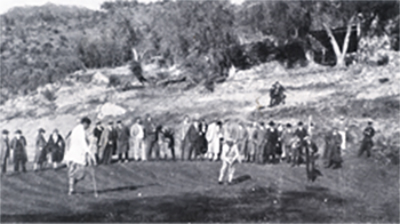
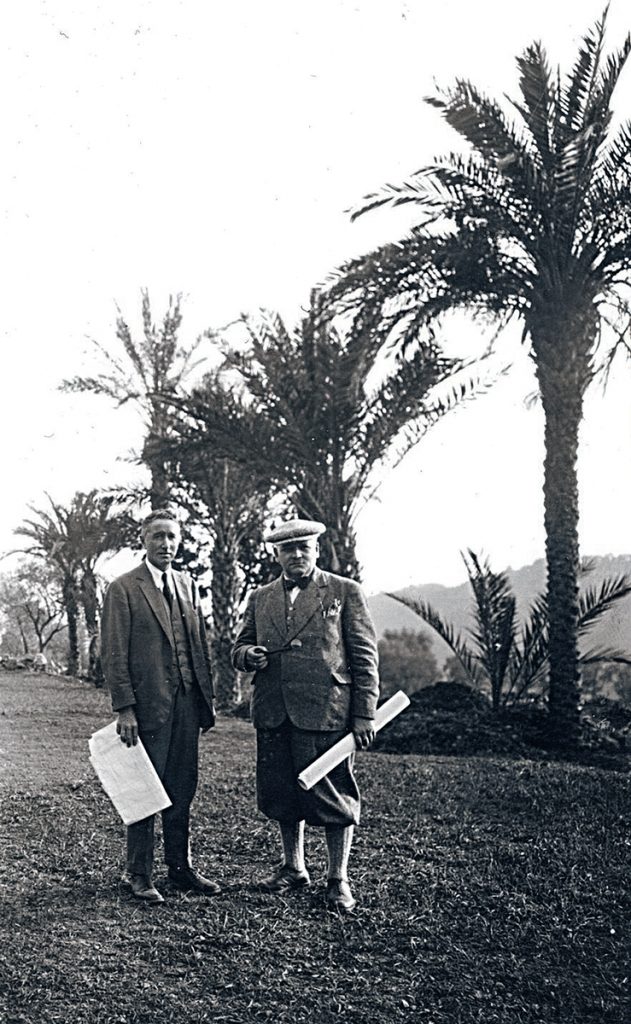

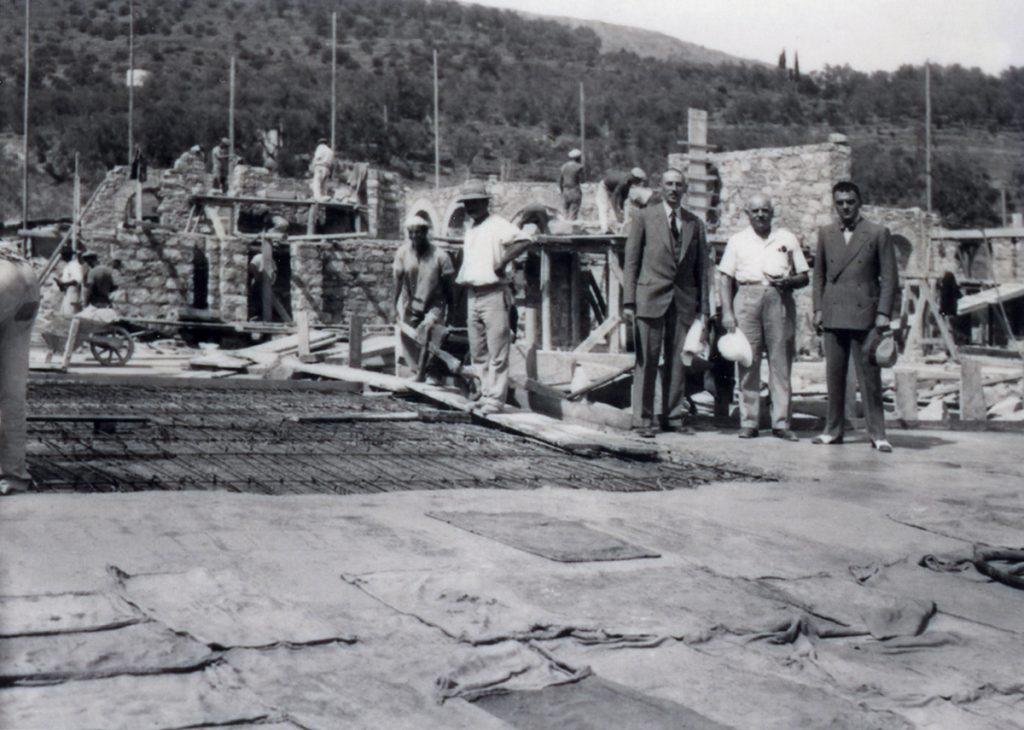
Today, public relations experts would speak of an ‘event’. Of the people who flocked to the field that day, few returned to the site. Perhaps. On the other hand, before the clubhouse was completed and the pitch was still being run in, from 1 December 1931 (the day of the famous exhibition match) to 20 February 1932 (the day of the inauguration itself), 1295 matches were played by enthusiastic people who were happy to find such a pleasant pitch: 142 Italians, 73 English, 11 Americans, 18 Germans, 2 Swedes, 3 Dutch, 3 Spaniards, 2 French and 2 Swiss. On average, each played more or less five matches. The greenfee was 20 lire. The takings for the greenfee alone amounted to 130,000 lira. The value of a beautiful building at the time, in Milan.
It was no surprise either. The Enit of the time, with a clarity that leaves behind more regret than astonishment, had published a small booklet, in 1926, whose title was a great truth: ‘Golf attracts the tourist’. A truth long disregarded. In the small volume it was clearly stated that ‘many Anglo-Saxon tourists avoid coming to Italy because they know they will not find a good golf course: they prefer other countries that have long since prepared many good courses’.
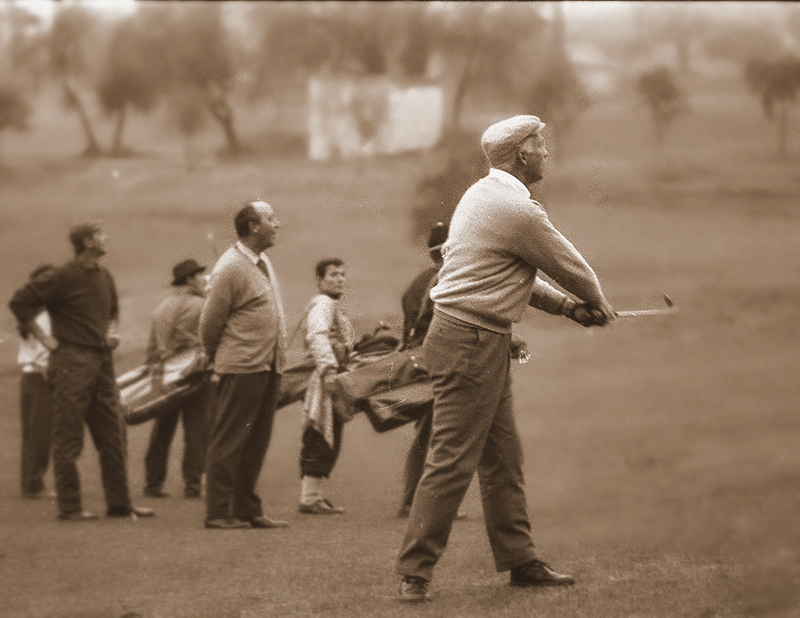
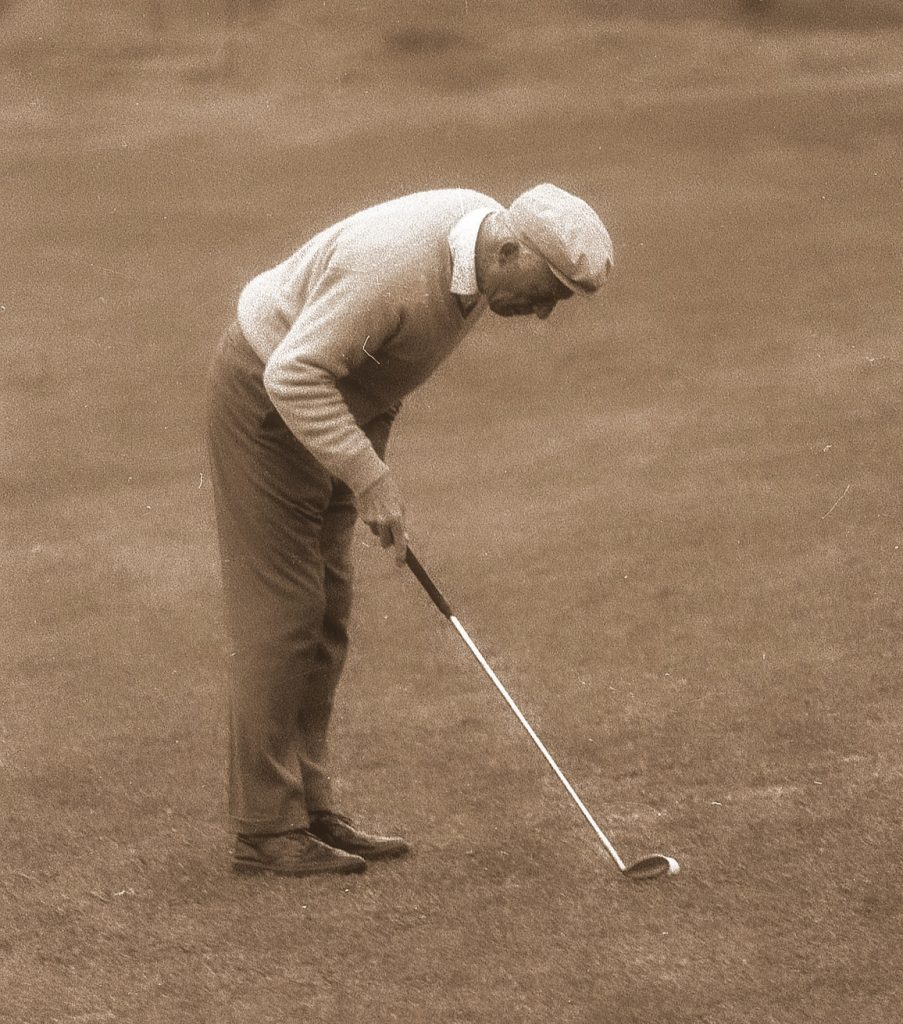
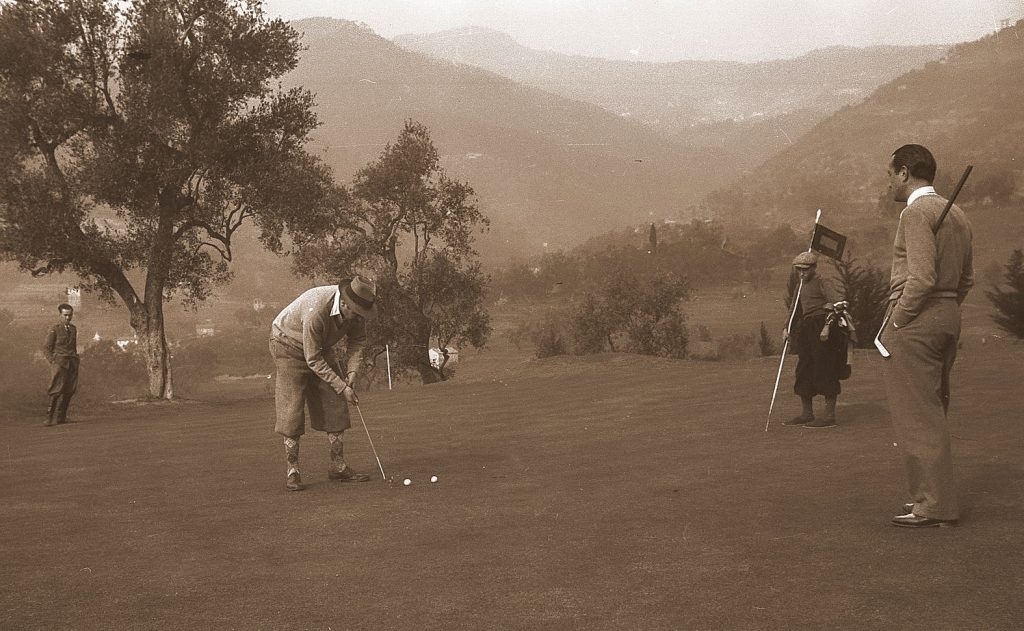
San Remo, therefore, with a gesture of genuine far-sightedness not only created its own course, but brought it back to life in 1947 for the first time, immediately after the war that had badly reduced it. In 1965, work on the Autostrada dei Fiori motorway mutilated the course, which was to be reduced to just nine holes. It was a hard-fought period. The president of the club, doctor Cesare Aluffi, also sat on the City Council. After two years, the Municipality decided to bring the course back into service. In order to obtain the last decisive municipal financing, which could not be established for bureaucratic reasons alone, the members of the Club united in a Sports Association, obtained 300 million and finally on 31 December 1972, after work that was nothing short of gigantic, the course was reopened in its current form: 18 holes, par 69, 5203 metres.
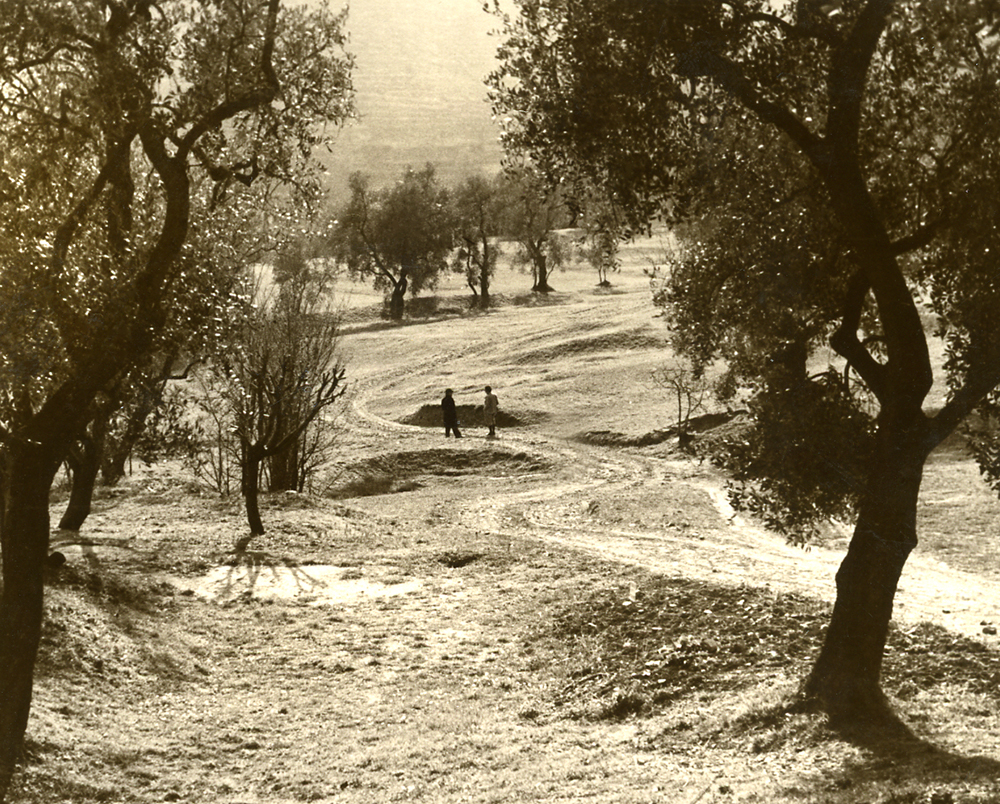
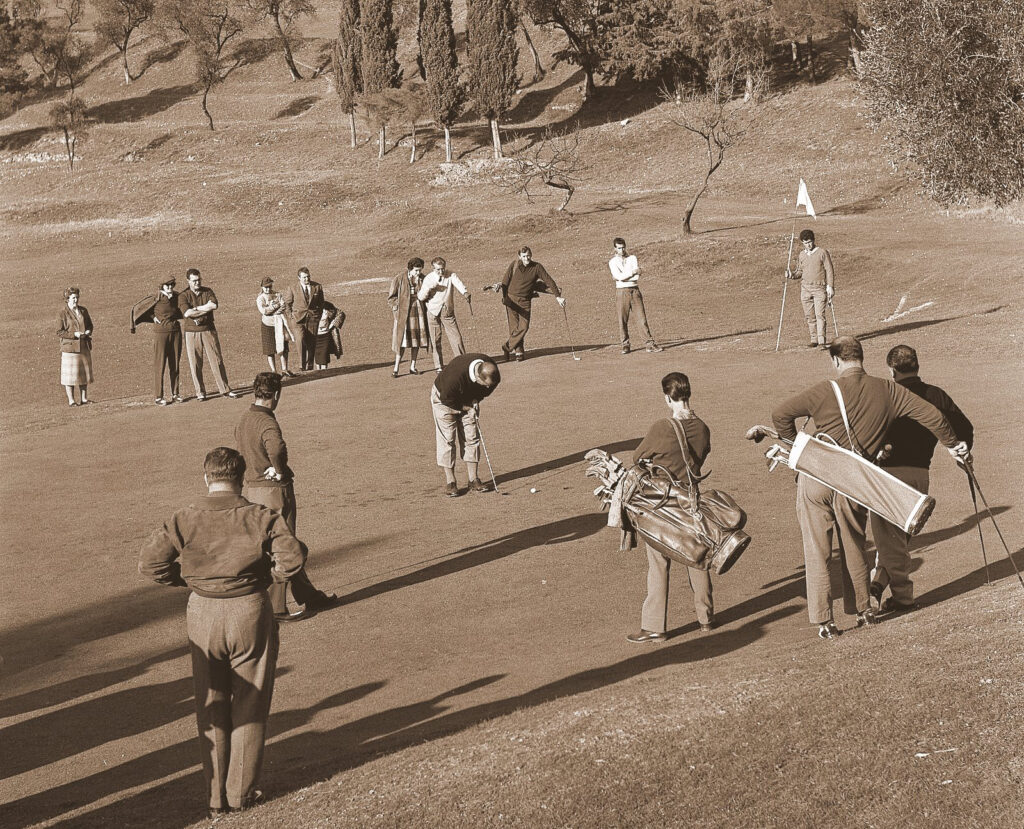
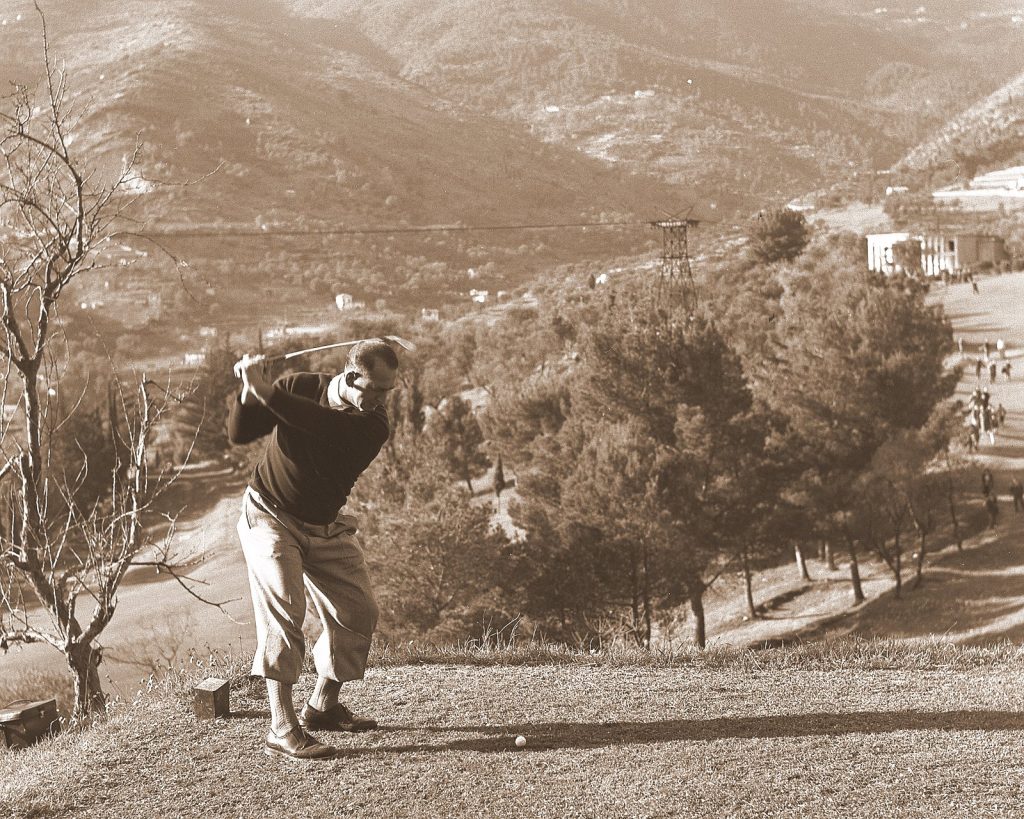
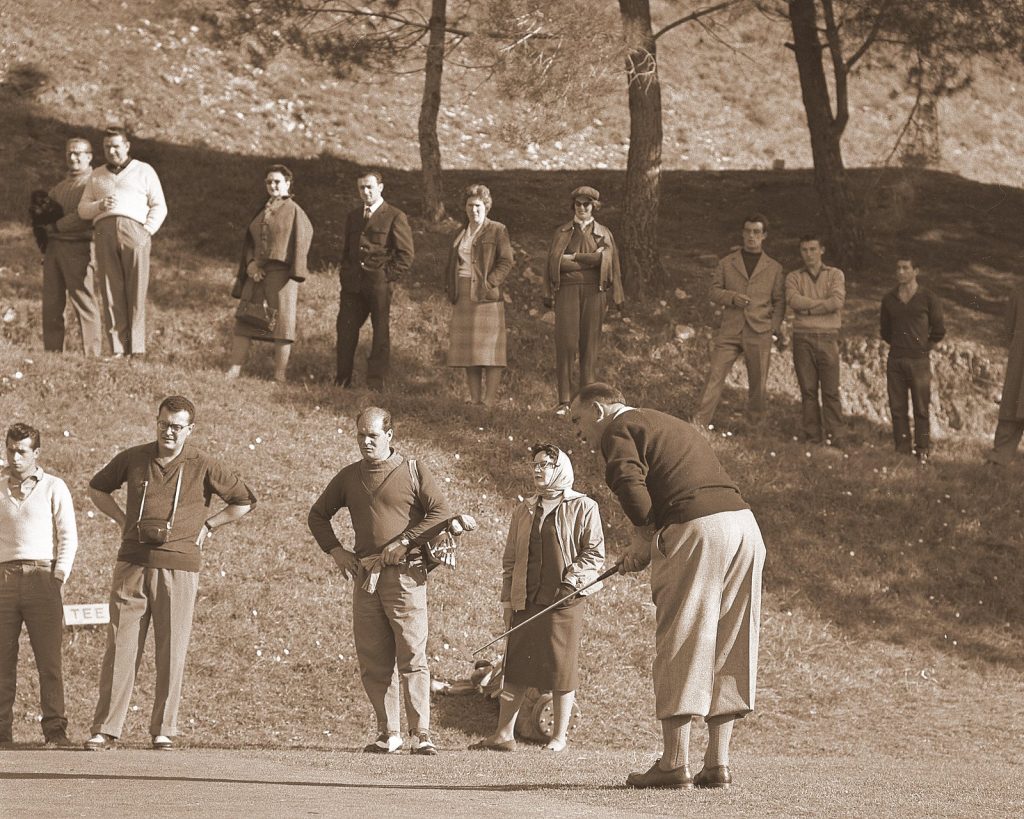
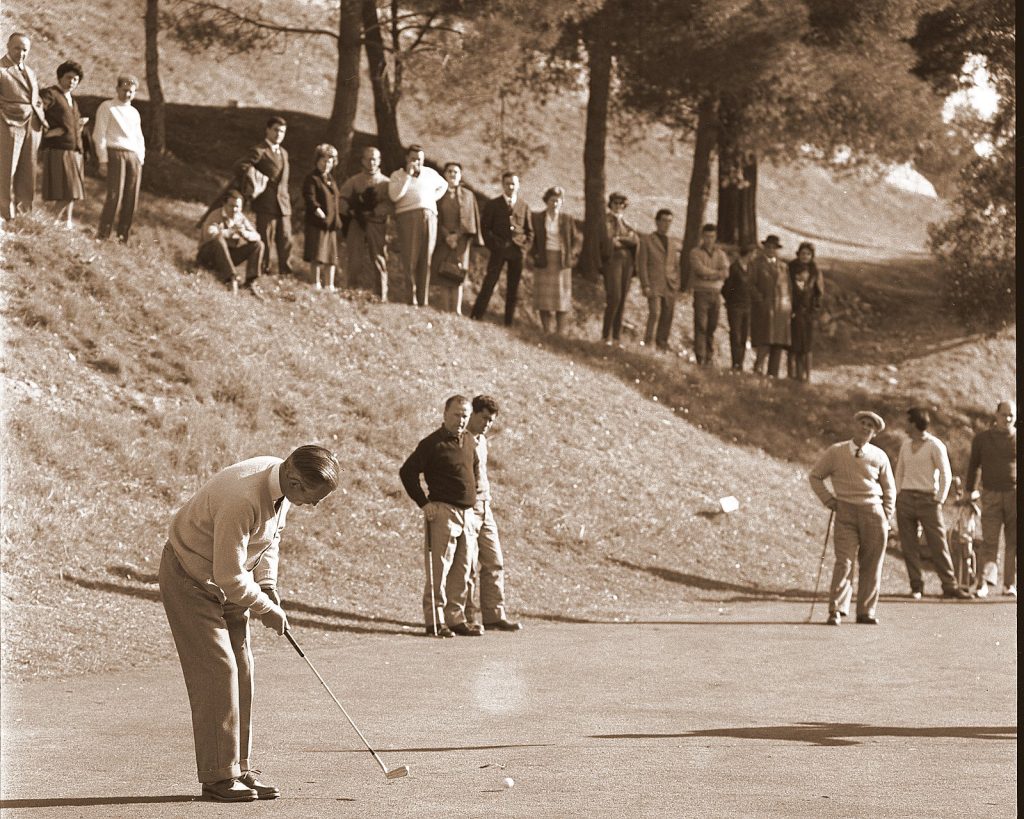
The field is certainly beautiful. One can get caught up in perhaps exaggerated enthusiasms, as happens to me as a member of the club, but neither is it the case to display the haughty and contemptuous manner of some amateur players who would find the course too easy. The reality is that the field is treacherous. It punishes the overly bold, that is, the overly bold, when they recklessly rely on their supposed skill. The second hole, a par three that plays terrible tricks, is enough to rouse them from their dream. Here indeed, he who wants too much, achieves nothing: on this long, narrow hole, the first English word the caddies learned was “Out!”. This par three, on the other hand, rewards those capable of measuring the shot to their real possibilities. A straight wood into the middle of the fairway, a pitch into the tee and the putts that are needed. Some people only need one. I’ve even seen them putt….
There is no shortage of power holes such as the 6, the 8, and the high 15 with the green so far up in the air that you always get there with bated breath. But, in reality, all holes, played under pressure, become problems. And therein lies the real fun: the course is what it is, everyone sees it in their own way and to their own measure, but those who play it in a light-hearted manner play better. Among friends, for fun and enjoyment. For the professionals it’s different: it goes, that is, as always. There is always the putt that overflows and the one that comes in the back door. The course, that is, gives nothing away: certainly, seen from the terrace of the Club, it seems almost dominating. Then you put the ball on the tee. And the idea changes. The key game is, that is, careful, measured play. That is all. It must be said that good players have never been lacking in these parts. In the 1930s, Leopold of Belgium arrived with Princess De Rethy, a true champion, Douglas Fairbanks with Mary Pickford, Bernard of Holland and a whole series of players from Milan and Turin who gave lustre to the annual competitions, which had now become a tradition. Ballesteros, Langer and the best of their generation also played here.
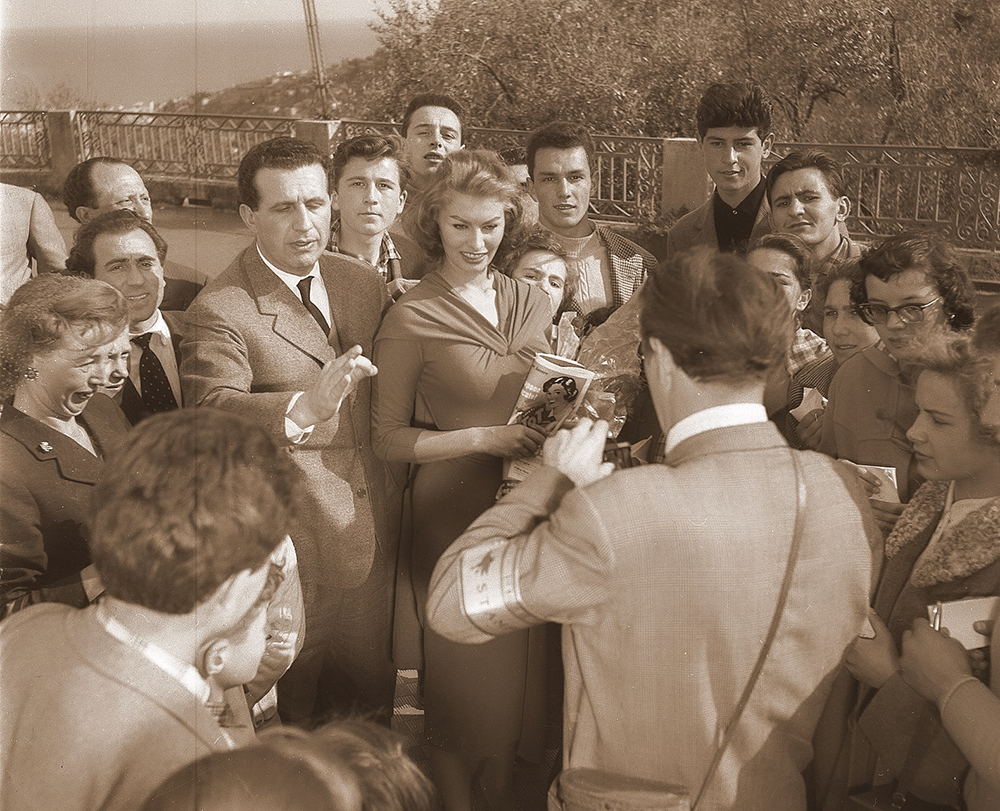
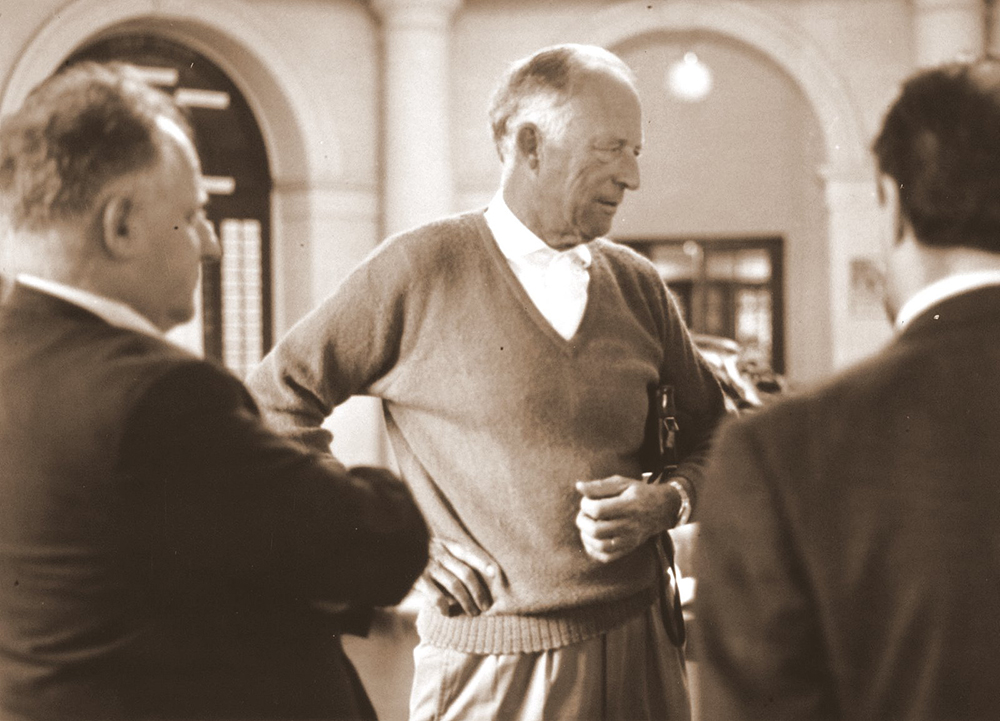
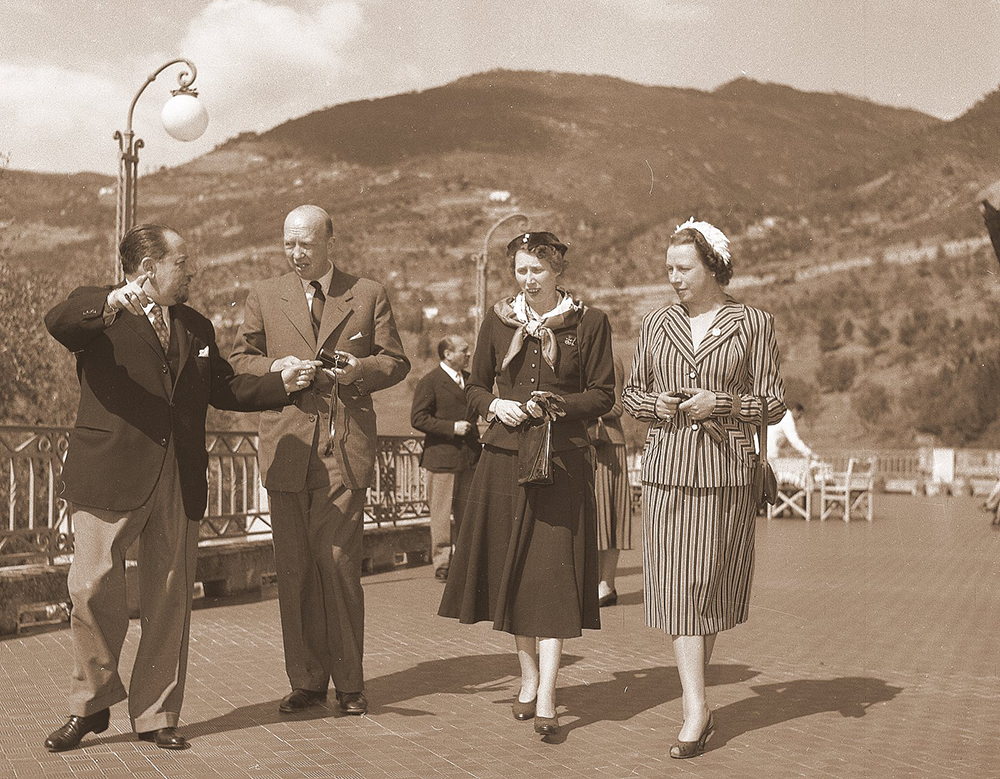
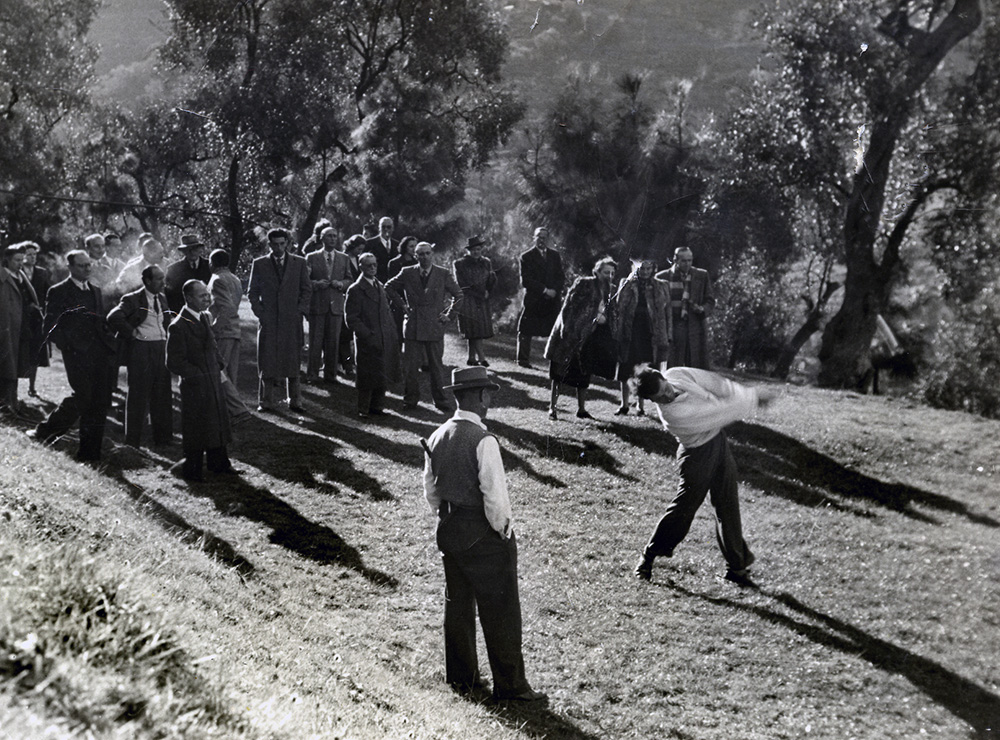
The beautiful game is a local feature. It all started with Maestro Prette, from the very beginning. Pupils followed. First of all Aldo Casera, one of the best Italian golfers ever, a champion of European renown; a patrol of excellent masters gave fame to Sanremo, and not only that, but provided the guests, who had the necessary free time, with justification for long winter stays.
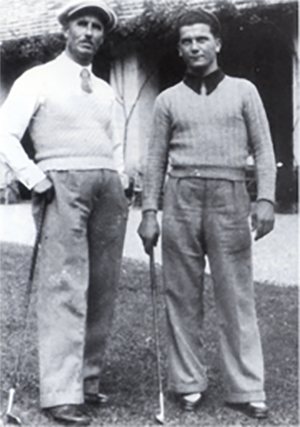
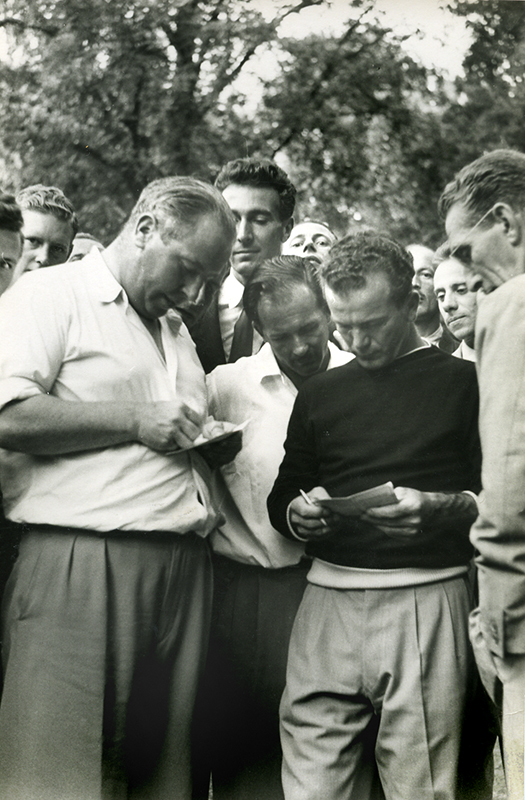
ONE IMPORTANT DETAIL
On the coat of arms of the Club degli Ulivi towers the ducal crown, that of Adalberto di Savoia, Duke of Bergamo, who had graciously accepted the nomination as Honorary President..

